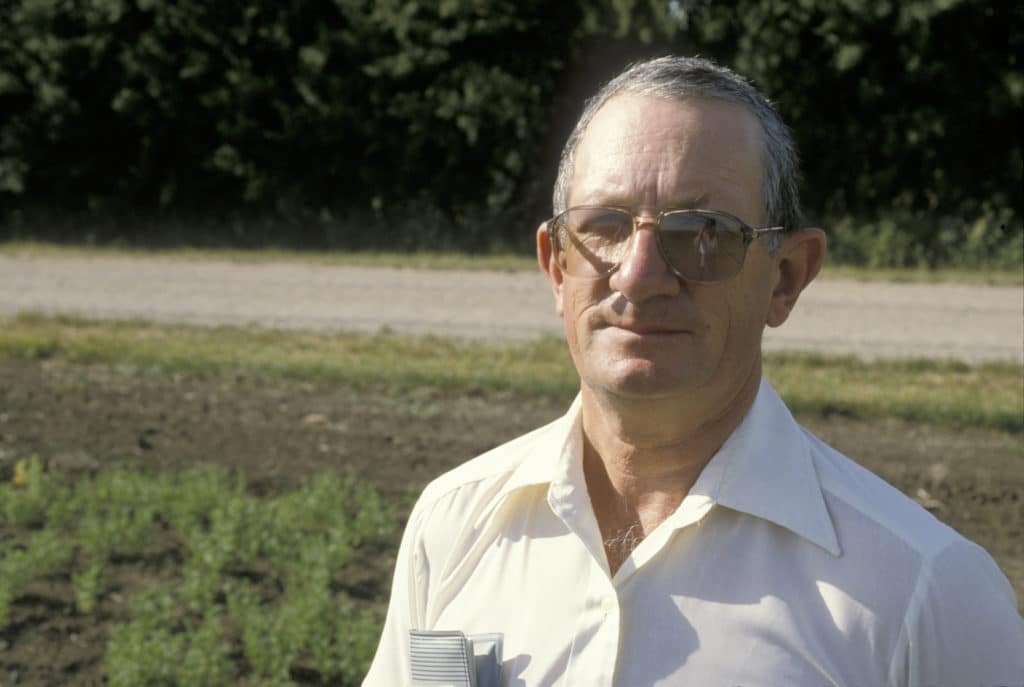Editor’s Note: This story is part of an ongoing series marking the 50th anniversary of the Crop Development Centre at the University of Saskatchewan.
When Al Slinkard began working at the University of Saskatchewan’s Crop Development Centre (CDC) in 1972, little did anyone know that he would help make Canada a global leader in pulses.
Slinkard, now 90, looks back fondly on his days at the CDC when he created the Laird lentil variety which took the pulse world by storm. Named after farmer Tom Laird from Rosetown, Sask., the variety was released in 1978. It would become one of the most hallowed lentil varieties on the planet.
When Slinkard came to the CDC in the early 1970s, lentils were virtually unheard of as a viable crop in Saskatchewan. Laird helped change all that.
“It really took off, to say the least,” Slinkard says.
The large-seeded green lentil variety was followed up two years later by a small-seeded lentil he created called Eston. Slinkard became an honorary member of the Order of Canada last year for his achievements.
His successor Dr. Bert Vandenberg has successfully added red lentil to the cropping system of Western Canada, and red lentils currently supply over 75 percent of Canada’s lentil production.
Canada is now No. 1 in the world for pulse exports, and the CDC has had a big role to play in that success. Those successes continue.
Most recently, more than $1.4 million was awarded through Saskatchewan’s Agriculture Development Fund to CDC breeder Kirstin Bett for two projects: improving lentil quality and nutritional value by borrowing traits from wild lentils and developing new computerized imaging technology to target desirable seed characteristics, and also developing high-yielding, disease-tolerant dry bean varieties.













